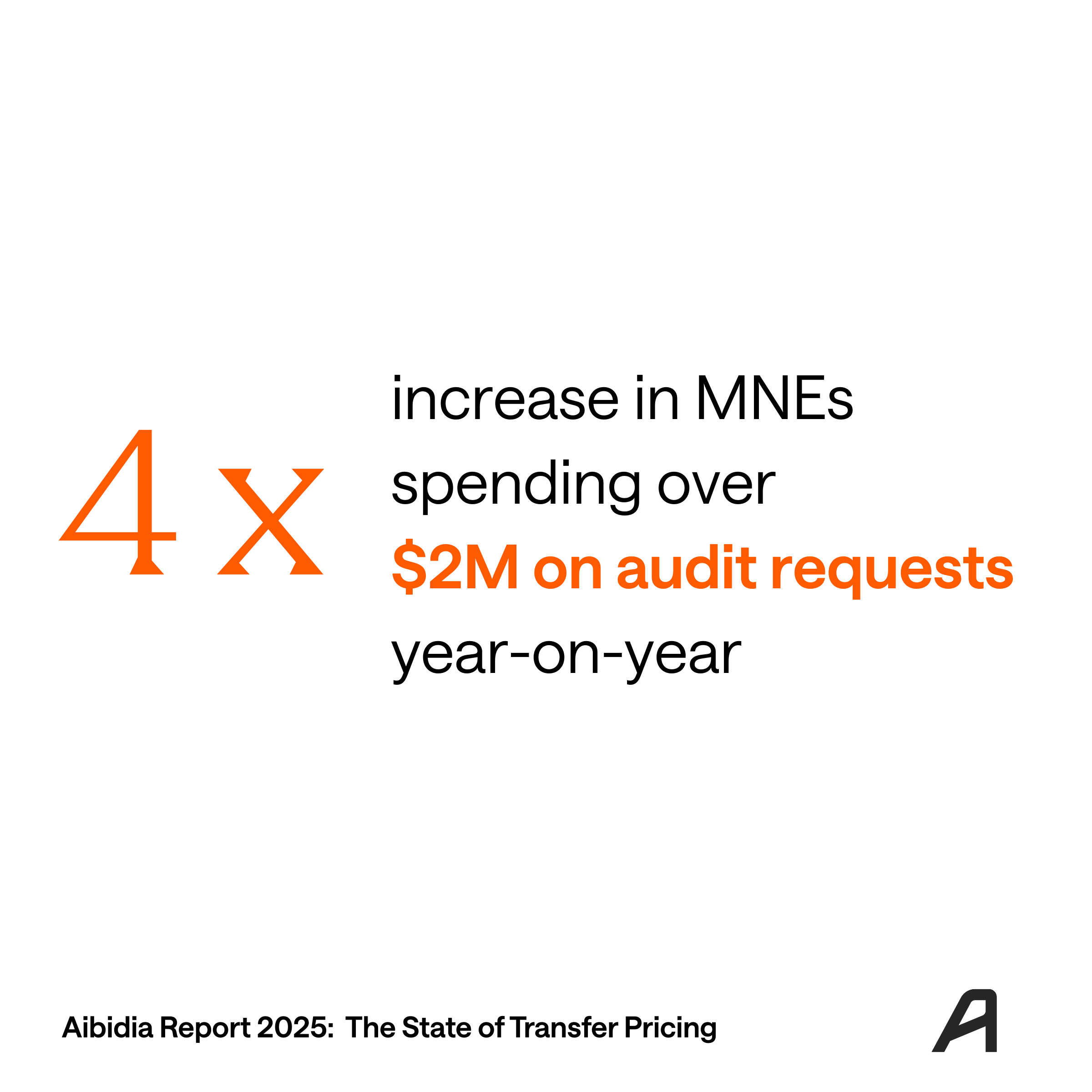What is a value chain?
A ‘value chain’ concept was first formulated by Michael Porter in Competitive Advantage in 1985. In general, the value chain is the set of steps and activities a company does to transform its inputs into outputs. In highly complex business models, it is often the case that the value for the customer unlocks only at the final stage when the customer consumes the products or services. Nevertheless, all the company (or multinational group) enables this value for the customer. Therefore, the value chain is a set of activities and functions the whole business performs to make this happen.

What is a value chain analysis?
A value chain analysis is a process of analyzing and formalizing the actual value chain of the company. A value chain analysis is about understanding the economic reality of a business, how it works and creates value. It enables you to identify the real drivers of profitability within a group. In the business context, it also allows benchmarking the group’s performance against competitors, generally identifying opportunities to add or increase value. In other words, a value chain analysis tells the "value creation story" of a group: how and where economic value is created.
Why is value chain analysis important in the transfer pricing context?
One of the most significant international tax reforms, the Base Erosion and Profit Shifting project, highlighted the fundamental international tax principle - transfer pricing outcomes should be aligned with value creation. In other words, the way MNEs price their intercompany transactions should lead to the “fair” distribution of profit among countries and entities creating value. Therefore, value chain analysis became a useful instrument for assessing value creation within multinational groups.
Why do companies need value chain analysis? Is it required?
In contrast to a local file, master file, or country-by-country report, the VCA is not a compliance requirement, i.e., in most countries, taxpayers are not obligated to prepare it. Nevertheless, many companies still prefer doing the VCA, and there are three main reasons for it:
- VCA helps understand the business. I.e., it is a business intelligence tool. Preparing the VCA involves looking at the company end-to-end and assessing how different parts of the business work together and contribute to the common goals.
- VCA helps articulate business models and value drivers to the tax authorities. In other words, VCA is a communication tool. In APA discussions or audits, tax authorities often want to know how the group operates and where the value is created. Presenting the VCA is usually a great way to answer most of their questions.
- Although the VCA is not explicitly required in most countries, it is a beneficial addition to the standard transfer pricing documentation package. For example, a VCA can strengthen the master file by explaining the group's business profit drivers and significant value contributions. It can also help explain the CbCR and the location of taxable profits, as well as demonstrate the profit allocation of the local entity and how it aligns with transactions in the local file.
How to prepare a value chain analysis
In contrast to other transfer pricing documentation, the VCA is not a formalized compliance form. Therefore, there is no prescribed format or even content that has to be included in the VCA.
Usually, the VCA is based on weighting and scoring key business activities and company business processes. These weights and scores are often developed through company workshops and discussions and involve developing company views on the ranking and scoring of business processes and functions. The outcome of this approach is effectively a global profit split approach based on the identified value drivers.
A digital workflow for creating the value chain analysis report
At Aibidia, we genuinely believe that digitalizing workflows can lead to a better transfer pricing world for both companies and tax administrations. That's why we developed a digital workflow that allows preparing a VCA in a consistent, efficient, and audit-proof form. Here are the key steps of the process:
1. Define the legal entities and jurisdictions in scope.
2. Map contributions, including functions assets, and risks, to the legal entities.
3. Add actual allocations, i.e., how your Group EBIT is distributed between Group entities based on historical data. This will be later used as a comparison to the modeled allocations.
4. Assign value allocations. Here, you must first define the relative importance of different responsibility roles. For example, you can use average wage levels of different job titles or differences between job grades. This will produce the Role-based allocation shown on the outcome table on the right. Remember to comment on your selections to ensure you have records of the rationale behind different numbers.
5. To pre-determine the absolute value share obtained by different contributions, you should include Contribution-based weights. For example, you can use cost center data or contribution analysis to find the weights. This will give you the second allocation in the output table. Again, remember to comment on your selections.
6. Then, indicate Value Driver Weights. This is the most complete allocation method, utilizing the previously provided role and contribution weighting and adding Value drivers, thus completing the OECD framework. You should first distribute 100% of allocable value to different value drivers. Next, you should determine how big of a share of each value driver is materialized through various contributions. For example, if your value driver is sales-related, then naturally, sales and marketing contribution would constitute a higher percentage than, e.g., finance. In this process, you could use your Group’s performance management indicators or Likert-type questionnaires. This phase will produce the third allocation – Value driver-based allocation – in the output table.
7. After completing the data, you can get valuable insights into the value chain. For example, you can check how the results of allocation methodologies compare to reality. In this illustration, we see how contribution-based allocation compares to the actual distribution, and in the next one - value driver allocation vs. actual results.

Our favorite is Group sunburst (illustrated above), which shows how 100% of group profits are generated by various entities, functions, and value drivers.
Check our video guide to value chain analysis:









.png)

.png)
.png)






.svg)
